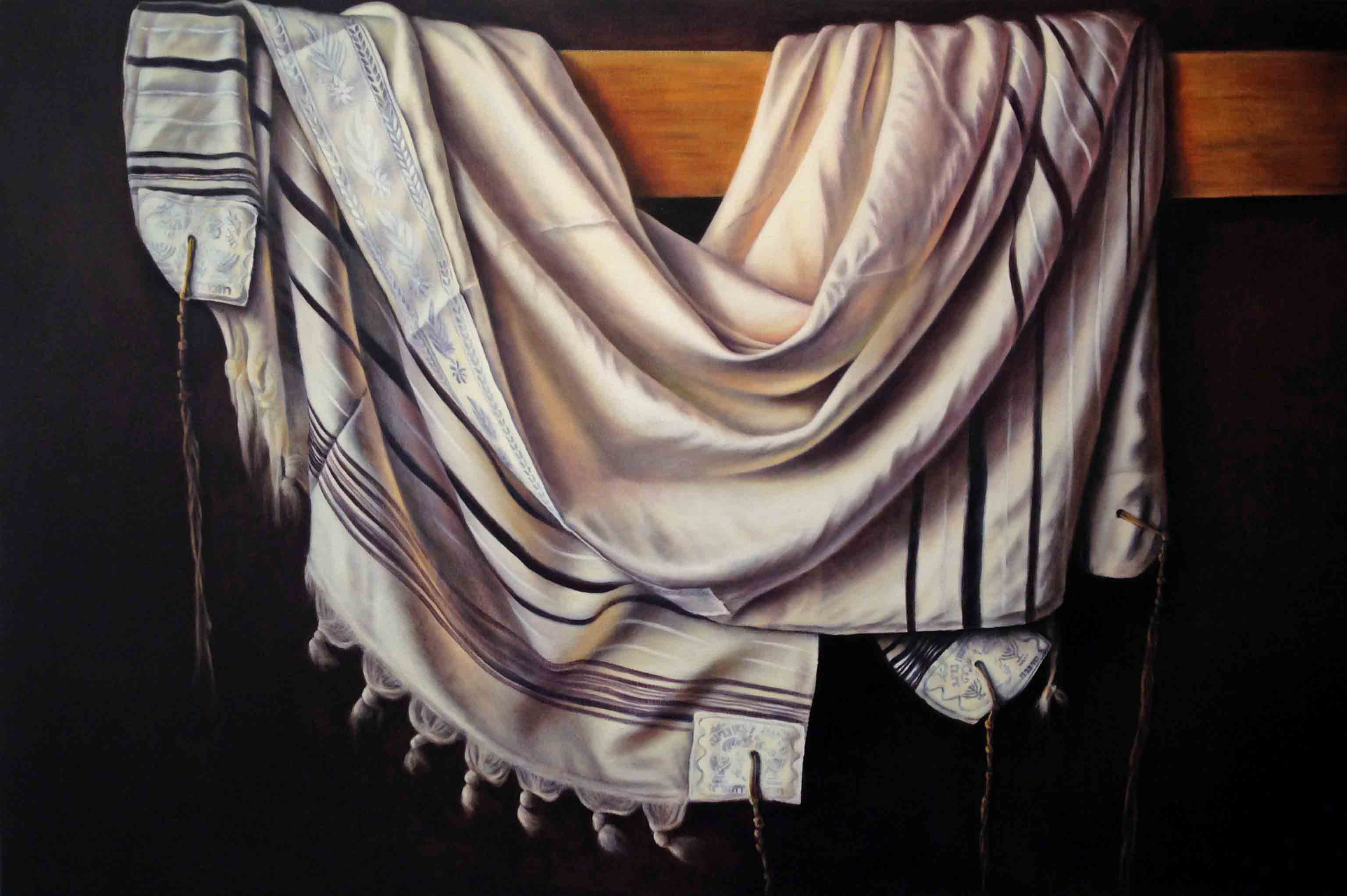The Amazing Prayer Cloth
Women who buy the amazing prayer
cloth
are three times more likely to experience a miracle.
Women who own poodles
are three times more likely to pay more for life insurance.
And women who choose breast implants
are three times more likely to commit suicide.
Oh, those women who divorce?
They’re three times more likely to convert tragedy into triumph.
are three times more likely to experience a miracle.
Women who own poodles
are three times more likely to pay more for life insurance.
And women who choose breast implants
are three times more likely to commit suicide.
Oh, those women who divorce?
They’re three times more likely to convert tragedy into triumph.
The family is a sacred unit.
Herbert arrived on Friday evening
carrying a bottle of wine
and a bouquet of flowers.
Those women who think this is the best beginning
are three times more likely to buy the amazing prayer cloth.
Herbert arrived on Friday evening
carrying a bottle of wine
and a bouquet of flowers.
Those women who think this is the best beginning
are three times more likely to buy the amazing prayer cloth.

Prayer Shawl -- Ruth Phipps
Tallit , an Aramaic word from a root meaning "cover," means "cloak" or "sheet," but by Talmudic times it referred to the Jewish prayer shawl. It is a large rectangular cloth with special twined and knotted fringes known as tzitzit attached to its corners as a reminder of the duties and obligations of a Jew ("It shall be unto you for a fringe, that ye may look upon it, and remember all the commandments of the LORD, and do them; and that ye go not about after your own heart and your own eyes, after which ye use to go astray; that ye may remember and do all My commandments, and be holy unto your God" [Numbers 15:39–40]). The cloth part is known as the "beged" (garment) and is usually made of wool or cotton. It may be any color but is usually white or with black, blue, or white stripes along the edge. Some are large enough to cover the whole body, while others hang around the shoulders. The term usually refers to the tallit gadol, a prayer shawl, often made of silk, worn over the outer clothes during the morning prayers and during all prayers on Yom Kippur ("the Day of Atonement"), the holiest day of the year in Judaism. It is traditionally draped over the shoulders, but some cover their head with it during prayer, notably during specific parts of the service such as the Amidah (the central prayer of the Jewish liturgy). Some worshippers gather the tzitzit in their left hand and kiss them when the paragraph from the Torah referring to them is recited. In some communities it is first worn from bar mitzvah, at 13 (though the tallit katan is worn from pre-school age); in many Ashkenazi circles, a tallit gadol is worn only from marriage, and in some communities it may be presented to a groom before marriage as a wedding present or as part of a dowry; given by a father to a son, a father-in-law to a son-in-law, or a teacher to a student. In some Orthodox congregations, only married men wear a tallit; in non-Orthodox Reform and Conservative congregations, some women also wear a tallit gadol. Numbers 15:38 also specified a blue thread to be included in the tzitzit, though that practice has largely been abandoned, and in modern Hebrew idiom, the sarcastic expression, "a completely blue tallit" is widely used to refer to something that is ostensibly, but not really, absolutely pure, immaculate, and virtuous, but the phrase "more kosher than tzitzit" is a Yiddish metaphoric expression with similar connotations but is not necessarily used in a sarcastic sense; it may refer to something that is so flawless that it is beyond reproach. A tallit gadol is often used as a canopy at a wedding, or above children during the ceremonial Torah reading during Simchat Torah, or in any procession with Torah scrolls (such as parading a newly completed one through the streets). Kabbalists consider the tallit as a special garment for the service of God, intended, in connection with the tefillin, to inspire awe and reverence for God at prayer. (However, a tallit katan , commonly referred to as "tzitzit," is a poncho-like garment with a hole for the head, is worn all day and can be worn over or under clothing. Some Jews let the tzitzit from their tallit katan hang out, but others tuck them in.)
ReplyDelete